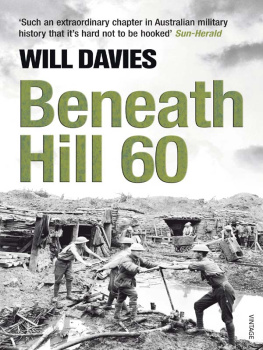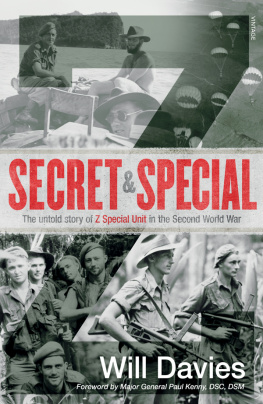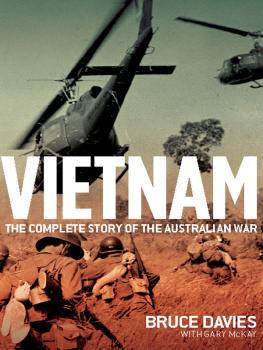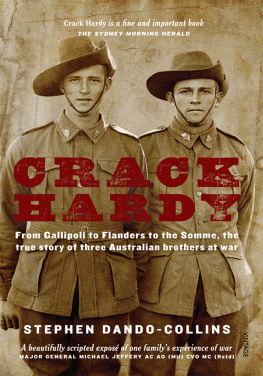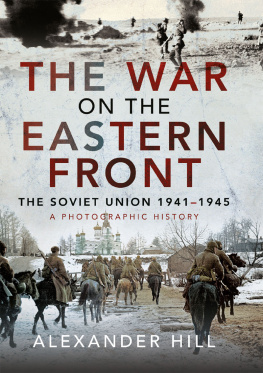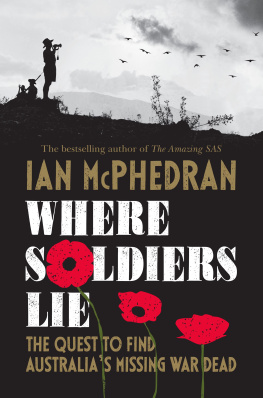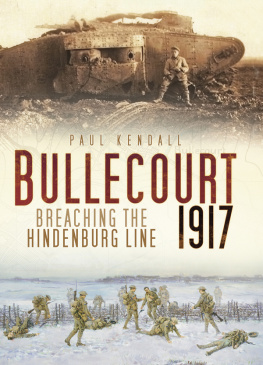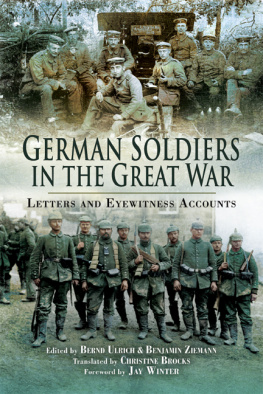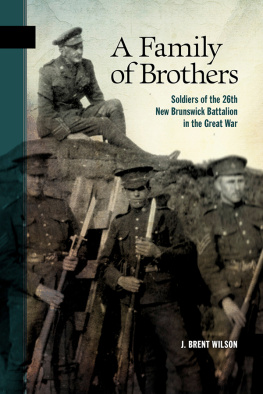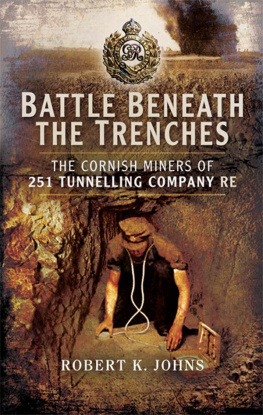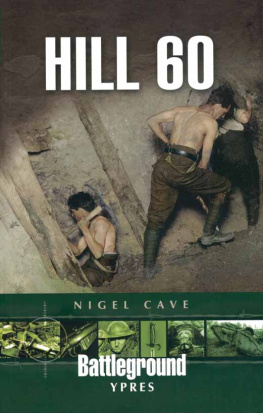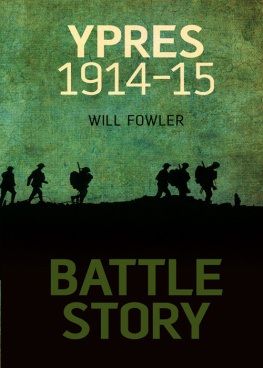

All rights reserved. No part of this book may be reproduced or transmitted by any person or entity, including internet search engines or retailers, in any form or by any means, electronic or mechanical, including printing, photocopying (except under the statutory exceptions provisions of the Australian Copyright Act 1968 ), recording, scanning or by any information storage and retrieval system without the prior written permission of Random House Australia. Any unauthorised distribution or use of this text may be a direct infringement of the authors and publishers rights and those responsible may be liable in law accordingly.
Beneath Hill 60
ePub ISBN 9781864715842
Kindle ISBN 9781864716580
A Vintage book
Published by Random House Australia Pty Ltd
Level 3, 100 Pacific Highway, North Sydney NSW 2060
www.randomhouse.com.au
First published by Vintage in 2010
This edition published in 2011
Copyright Will Davies 2010
The moral right of the author has been asserted.
All rights reserved. No part of this book may be reproduced or transmitted by any person or entity, including internet search engines or retailers, in any form or by any means, electronic or mechanical, including photocopying (except under the statutory exceptions provisions of the Australian Copyright Act 1968 ), recording, scanning or by any information storage and retrieval system without the prior written permission of Random House Australia.
Addresses for companies within the Random House Group can be found at
www.randomhouse.com.au/offices
National Library of Australia
Cataloguing-in-Publication Entry
Davies, Will
Beneath hill 60
ISBN 978 1 86471 126 4 (pbk)
Australia. Army. Tunnelling Company, 1st
World War, 19141918 Engineering and construction
World War, 19141918 Tunnel warfare
World War, 19141918 Campaigns Western Front
World War, 19141918 Participation, Australian
Mines (Military explosives) Europe History
940.4144
Cover photo Australian War Memorial
Cover design by Blue Cork
Maps by James Mills-Hicks, www.icecoldpublishing.com
For my beautiful sister, Bron
Dedicated to the officers and men of the Australian Tunnelling
Companies, AIF, who gave their lives in the service of their country
and Empire in the Great War. And to Captain Oliver Woodward
and the men who returned to Australia wounded, diseased and
traumatised, unable to forget the fear and horrors of their war
underground.
Tunnelling was just like a game of chess; one had to anticipate
the opponents move. You didnt always know that you were
going to get away with it. All the tension all the time the strain
underground and the darkness. It was terrible. It was not war,
it was murder.
Lieutenant W. J. McBride, 1st Australian Tunnelling Company

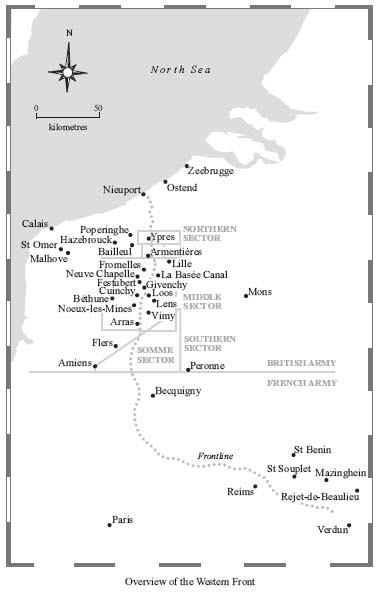

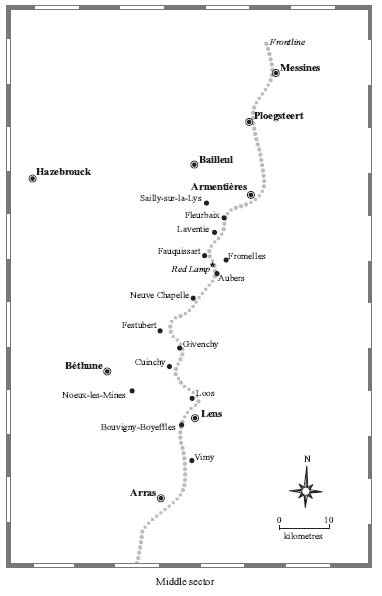
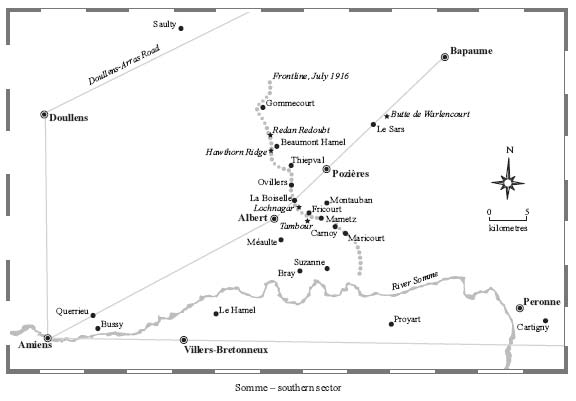

In the earliest days of the First World War, when stalemate set in, a terrible underground war of mining and countermining erupted in tunnels beneath the trench lines. It continued until June 1917, when Captain Oliver Woodward of the 1st Australian Tunnelling Company pushed down a plunger and fired two of 19 massive mines under the German lines at the opening of the Battle of Messines. The largest man-made explosion in history up until that time smashed open the German frontline and enabled the Allies to begin an offensive that would contribute greatly to the final victory at the end of the following year.
This book came about when I received a call from an old mate, David Roach. He had just heard that the feature film Beneath Hill 60: The Silent War , for which he wrote the script, was going to go into production. It told the story of the Australian tunnellers at Hill 60, focusing on Captain Woodward, and David wondered if I would write the book on this little-known and yet fascinating aspect of Australias First World War history.
It is a frightening story of men in tiny tunnels not much bigger than the dimensions of a coffin, 30 metres underground, with water seeping from the cold earth and Germans tunnelling nearby, looking for an opportunity to obliterate them. I hate tight places and am seriously claustrophobic, but it is history that I know and love, and it is an extraordinary story that until now has gone untold. I felt it was important to tell it to the current generation, filling in the details that a feature-length movie cannot, and exploring the real story of the tunnellers.
Research was crucial to this book, and the research lay with just one man: Ross Thomas, the leading authority on the Australian First World War tunnelling companies. While working in Queensland as the inspector of mines in Charters Towers in the late 1980s, he learnt of diaries kept by Captain Oliver Woodward, the man who led the Australian tunnellers at Hill 60 and who had attended the Charters Towers School of Mines before the war. Intrigued, Ross tracked down Barbara Woodward, Captain Woodwards daughter, who provided him with all five volumes of her fathers war memoirs, which were begun in the 1930s. From the start Ross was fascinated with the story revealed in the memoirs, and he spent the next 20 years learning all he could and collecting and researching the history of the three Australian tunnelling companies. The war memoirs became the inspiration for the film Beneath Hill 60 , produced by Bill Leimbach and directed by Jeremy Sims, of which Ross is the executive producer.
Ross very generously provided me with all his research, his contacts and access to his library and Woodwards journals. Soon I was absorbed in a less-appreciated aspect of First World War history. It became a labour of love, much like my previous work editing Private Edward Lynchs account of his time on the Western Front, Somme Mud , and writing my follow-up book, In the Footsteps of Private Lynch.
This is the story about a small but strategically important section of the Western Front that was contested by the Allies and the Germans from October 1914, just weeks after the declaration of war. At the time, Australia had hardly moved onto a war footing, yet here, along the Messines Ridge near Ypres, the fighting was already fierce and would remain so until mid-1918.
The focus is the work of the Australian tunnellers under Captain Woodwards leadership, as for eight months they prepared to explode two of 19 massive mines that would blow apart the ridge along nine kilometres of frontline around the Belgian village of Messines on 7 June 1917. As many as 10,000 Germans died in the combined blast, which was heard across England and as far away as Dublin. By the end of that day, the British had advanced in places nearly five kilometres and were claiming it as their best and most successful day up until that time in the war. The Battle of Messines opened the front and ushered in the next great battle, the Third Battle of Ypres or, as it is more commonly known, simply Passchendaele.

